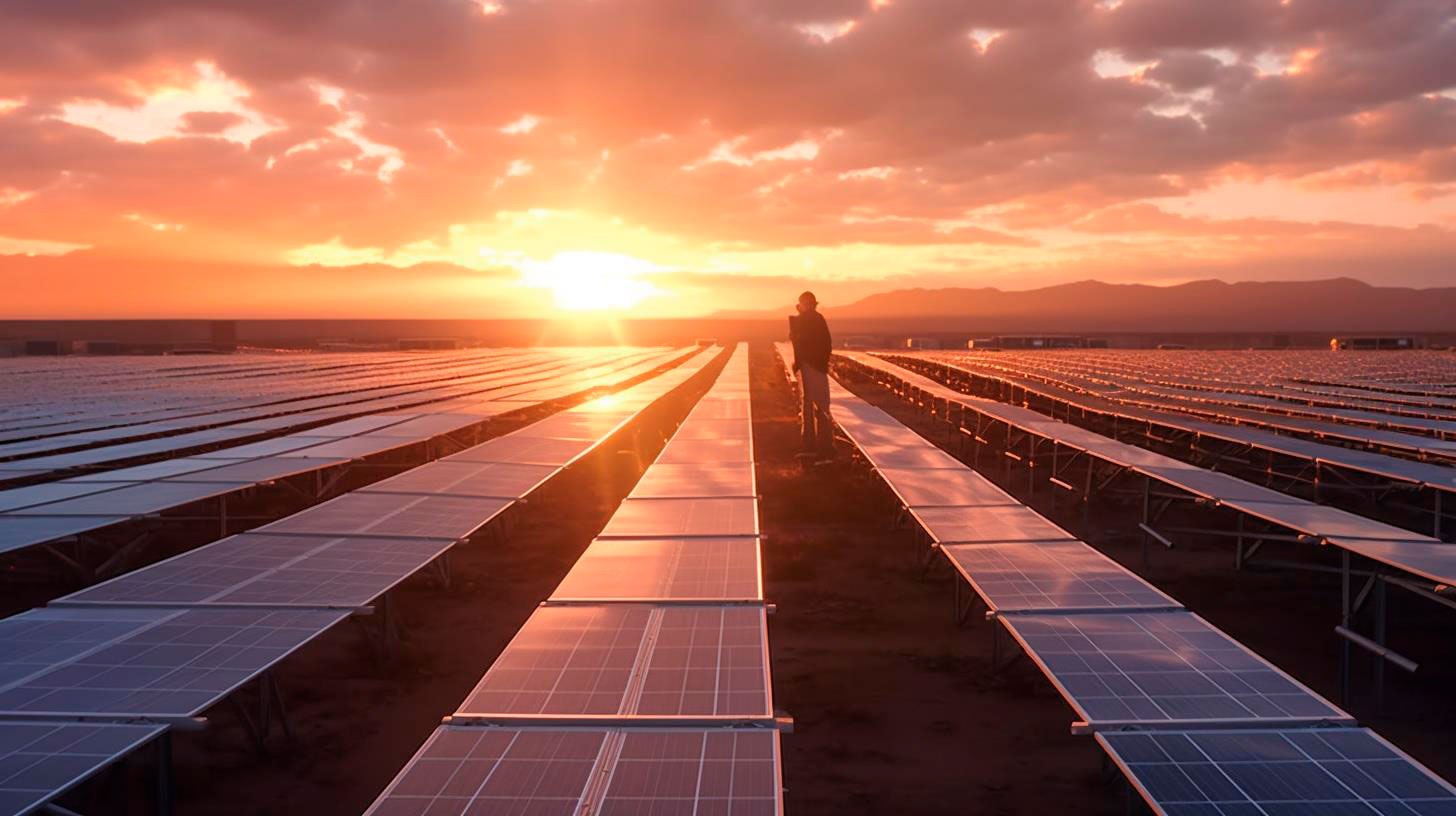The Rise of Floating Solar Farms: Key Developments and Trends
As the name suggests, these unique installations are built on water bodies, offering several advantages compared to traditional ground-mounted solar systems. In this article, we will explore the key developments and trends in this emerging technology and shed light on the reasons behind its growing popularity.
1. Reducing Land Constraints
One of the major challenges faced by ground-mounted solar farms is the limited availability of suitable land. This issue is particularly acute in densely populated regions where land scarcity is a concern. Floating solar farms provide a solution by utilizing the expansive surface area of water bodies, such as reservoirs, ponds, and lakes. These installations not only optimize land use but also minimize conflicts arising from competing land use demands.
2. Efficient Cooling Mechanism
A key advantage of floating solar farms is their ability to harness the cooling effect of water. Solar panels tend to generate heat, which can reduce their efficiency over time. By placing panels on water bodies, the natural cooling effect of the water helps maintain optimal panel temperatures, improving their overall performance. Studies have shown that floating solar farms can achieve up to 10% higher efficiency compared to traditional ground-mounted systems.
3. Maximizing Solar Potential
Floating solar farms have the advantage of being able to utilize sun-exposed water surfaces that are often unused. By tapping into these resources, countries can significantly enhance their solar power production and reduce dependency on fossil fuels. According to a report by the World Bank, floating solar farms have the potential to generate more than 400 gigawatts of power globally, which is about the same as the combined current solar capacity of the world.
4. Environmental Benefits
In addition to their energy-generating capabilities, floating solar farms offer several environmental benefits. Firstly, they help reduce evaporation from water bodies, conserving precious freshwater resources. Secondly, the installation of floating solar panels helps prevent algae growth by shading the water surface, improving water quality. Furthermore, by utilizing water bodies, these installations minimize disturbance to ecosystems compared to ground-mounted solar farms.
5. Enhancing Grid Stability
Floating solar farms can also contribute to increased grid stability. By integrating these installations with local power grids, countries can improve the overall reliability and resilience of their energy systems. The distributed nature of floating solar farms can reduce transmission losses and mitigate power fluctuations, ultimately leading to a more stable and reliable electricity supply.
Key Takeaways
- Floating solar farms provide a sustainable solution by utilizing water bodies for solar power generation.
- These installations overcome land constraints, maximizing solar potential without competing for precious land resources.
- The cooling effect of water enhances the efficiency of solar panels, improving their overall performance.
- Floating solar farms have significant environmental benefits, conserving water resources and minimizing disturbance to ecosystems.
- Integrating these installations with power grids enhances grid stability and improves the reliability of energy systems.
As the demand for renewable energy continues to rise, floating solar farms have emerged as a promising solution for sustainable power generation. With their ability to overcome land constraints, harness cooling effects, and maximize solar potential, these installations offer numerous advantages. Moreover, their positive environmental impact and contribution to grid stability make them a compelling option for countries striving for a greener and more resilient energy future.
Industry statistics indicate that the growth of floating solar farms is expected to accelerate in the coming years. By 2025, the market for floating solar installations is projected to reach a capacity of over 4.6 gigawatts, with Asia leading the way in deployment. The combination of technological advancements, cost reductions, and favorable government policies will likely drive further adoption of this innovative solar solution.
As we witness the rise of floating solar farms, it becomes increasingly evident that this technology has the potential to revolutionize the solar energy landscape. By embracing this sustainable and efficient approach, countries can take a significant stride towards achieving their renewable energy targets, combating climate change, and ensuring a brighter future for generations to come.
